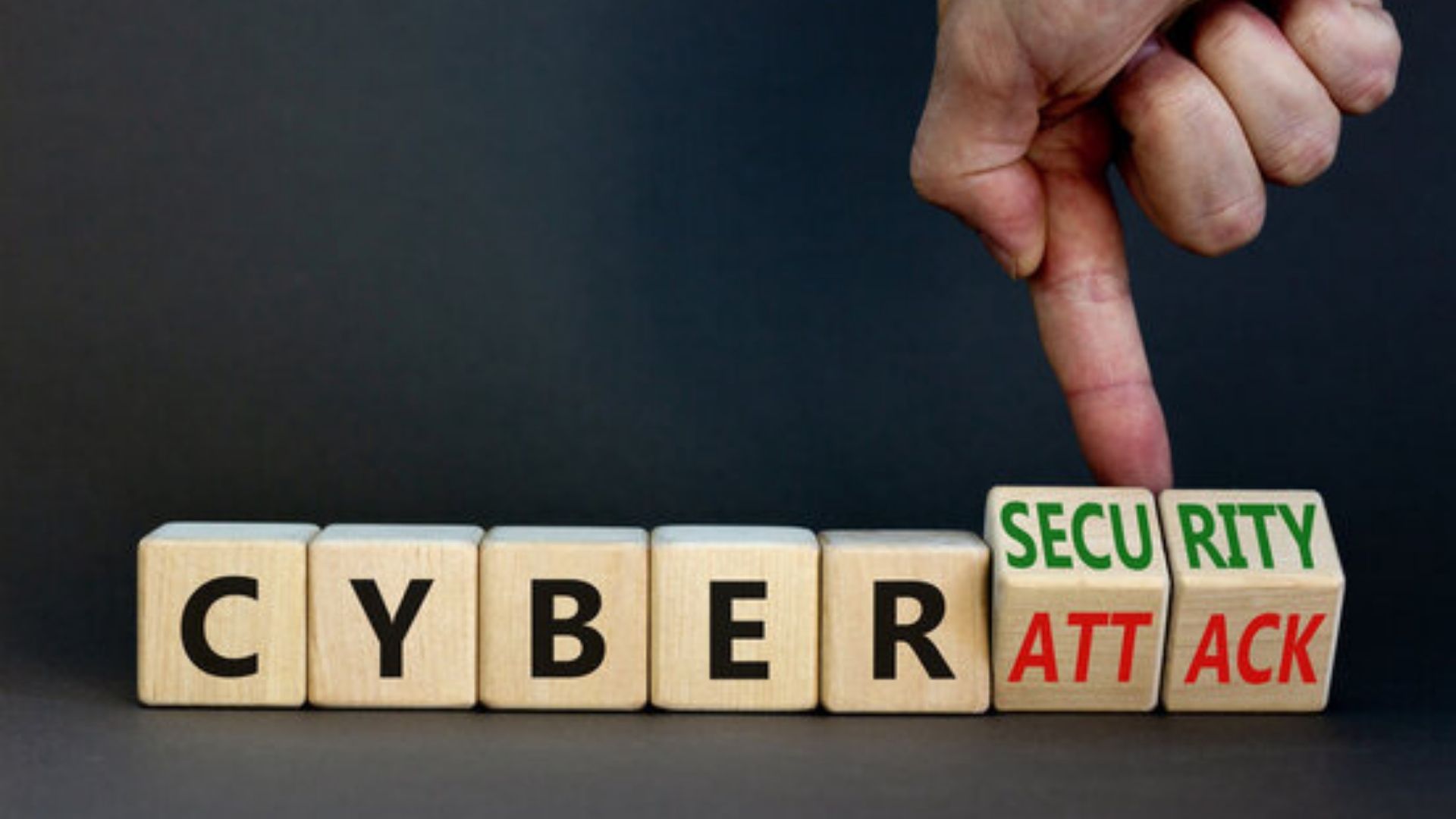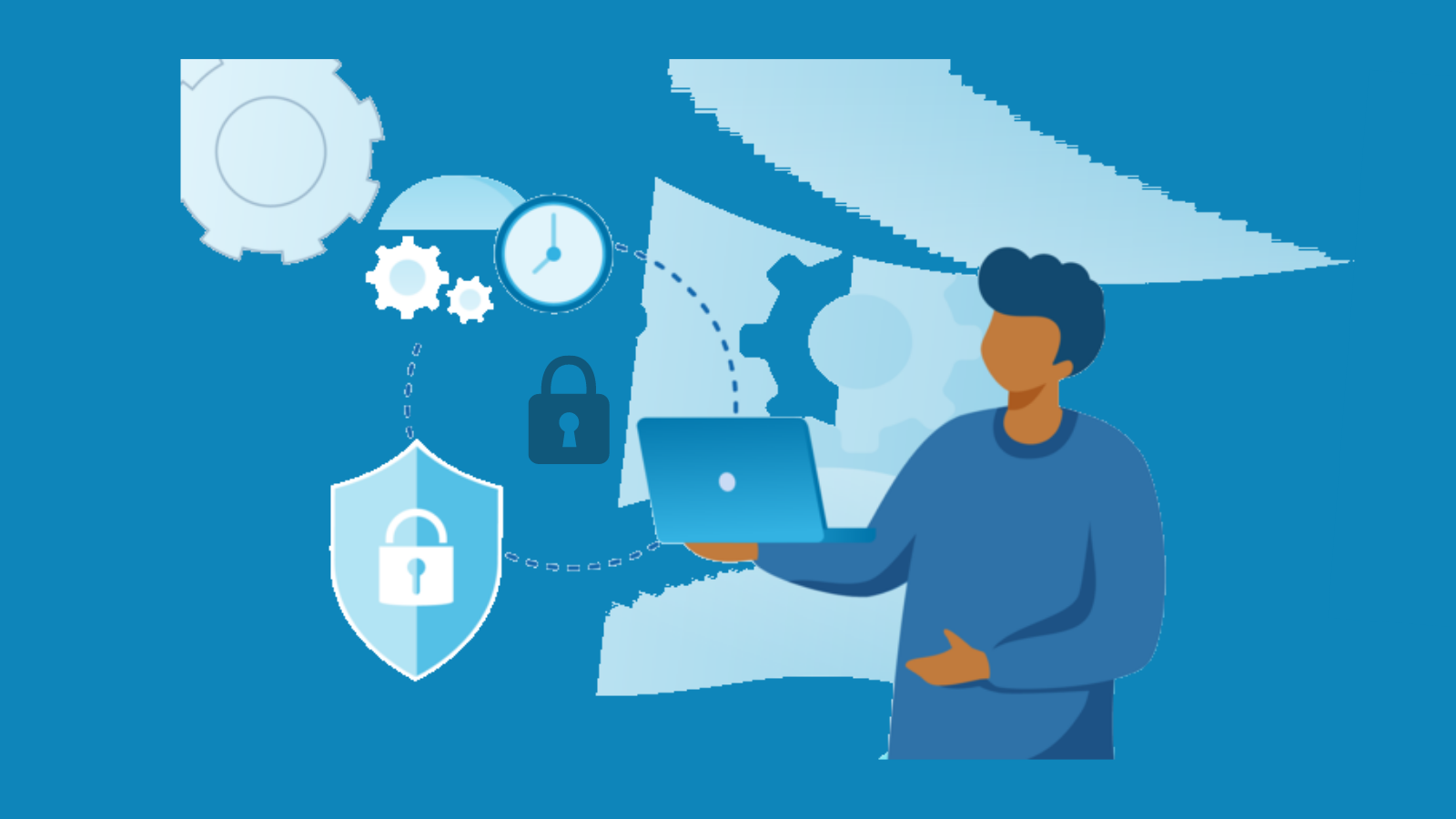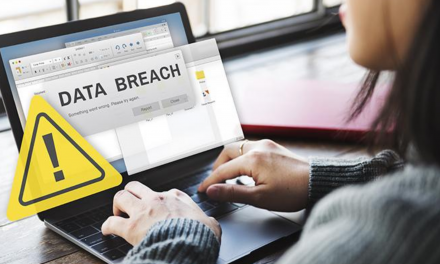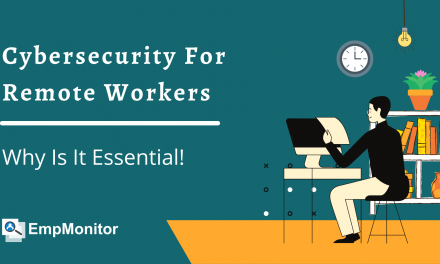Due to the pandemic novel coronavirus, many entrepreneurs are looking for remote working options. While working remotely, data threats because of cybersecurity issues have become quite usual. Indeed online crooks are also looking for the opportunity to trap the innocent staffers in phishing scams.
In a survey, over 90% of IT professionals believe that remote working isn’t secure. Still, we can’t ignore the fact that remote working is the must-have need for the industry. In the current situation, due to the COVID-19 outbreak, employers are looking to implement work-from-home policy to ensure the health safety of employees.
Dealing with cybersecurity, here are some of the threats that employees might face while working remotely from home.
Cyber Threats To Remote Workers:
Before learning about the tips, you should know about what are the possible online threats that a remote working employee might have to face.
Unsecured WiFi Network:
Working remotely while traveling employees might have to use a public WiFi network that can be the perfect spot for cyber attackers. With such insecure connections, online thieves can spoof to sneak on valuable business data.
Lack Of Security In Personal Device:
Sometimes employees might have to use personal devices for their work. And in some of the agencies, they allow their workers to use their personal devices for work, also referred to as Bring Your Own Device (BYOD). However, this could be risky as well, as employees may have some security patches in their system that can attract cyber attackers.
Scammers Targeting Remote Workers:
For most of the employees, it could be their first experience of working remotely. And they could be the easiest prey to the online scammers. What’s more, nowadays, fraudulent attempts of cyber swindlers have also grown because of the sudden increase in the companies adapting work from home culture for their organizations.

Untrained Remote Workers:
Employees who haven’t trained enough to work remotely can make some casual mistakes and fall for phishing traps created by online swindlers. Building strong foundational knowledge through a cyber security master’s program can empower professionals to better recognize and defend against such threats.
To bring out the solution to above shown online security risks, here I have shown cybersecurity tips:
Cybersecurity Tips For Employees Working Remotely From Home:
If you have been preparing to implement WFH for your business, you need to give proper guidelines and protocols to follow for your employees. Though you are not the only one in the line. In this COVID 19 crisis, every company is trying to opt for WFH. So, they can assure the health care safety of employees and themselves. However, before doing so, they have to cover up all the online security patches that can incite due to siphoning WFH.
Make Use Of VPN While Using Unknown WiFi:
When employees are working remotely, they need to have a secure network. But there might be the circumstances while traveling they might have to use public WiFi for their work. In such a case, using a VPN can be the best option. Using a VPN with an unknown network, a remote worker can encrypt the online connection to ensure data security. That way, staffers can make sure to protect the privacy of their computers from any snoof activities. Even the Internet service provider can’t be able to threaten the privacy of a VPN user.
Lock Your Device Using Strong Password:
When staffers are working remotely, they need to make sure that nobody with malicious intent can sneak on their business data. And to do that, they should lock their device with a strong password. Unfortunately, many people use passwords which are quite easy to guess. It enhances the chances of cyber threats to such users.
In that case, staffers should use passwords that can’t be easily pickable by hackers. Though it could be difficult for anybody to create and remember such passwords. While they can also make use of password manager tools in their devices.
Setup Two Factor Authentication:
Nowadays, having an extra layer of security is essential for employees who are working from home. Using 2-factor authentication, you can reduce the risk of cyber attacks on your devices. Even if a hacker could be able to crack the first security layer, the second layer is there to obstruct their path. To use two-factor authentication, you can make use of emails or SMS code verification on your devices, which can only be accessible by you.
Firewall Protection:
Firewall is like a barrier which confronts the malicious websites and online threats. And it prevents them from causing data breaches. It can restrict the untrusted domains, which can be a threat to the security of the system. While most of the operating systems have inbuilt firewall protection. In addition to that, they can also implement a physical firewall to protect the network connection. In case employees don’t have firewall protection in their system, then employers can also take third-party security options like EmpMonitor to enhance data security.
Antivirus Software:
Though firewall protection might help you defend against cyber spoof, however, it doesn’t prevent attacks that tunnel in protocols (HTTP & HTTPS). There might be some threats that can pass down through your firewall protection. In such a case, what you need is an antivirus that can detect and block unknown threats to the device.

Train Your Employees To Avoid Phishing Scams:
Due to the increase in the number of gig economy staffers working remotely from home, cases of targeted phishing attacks have grown. Such employees are vulnerable to scams. And due to the growth of WFH culture in different organizations, their employees can be the soft target for schemers. While employers need to train their employees to spot any phishing traps or scams that can cause a threat to their business data.
Make Use Of Dedicated Communication Channel:
When you or your employees are discussing important business matters, make sure to use dedicated and end to end encrypted channels for secure communication. While telecommuting, you need to make sure that none other than two communicating people can peep on the conversation.
How To Protect Your Employees Working Remotely Using EmpMonitor?
We all know that because of the COVID 19 Pandemic, most of the employers are taking WFH as the best option. Though it also leads to a higher risk of cyber threats to the business. Staffers working remotely from home are the soft targets of scammers. Some of the organizations have BYOD policy, which enhances the cause of security concerns for their business. In this global crisis, it’s not surprising that scammers are looking at it as an opportunity to make money. However, now you have the option to confront such cyber threats to your business using EmpMonitor.
Want to know how?

Here I have shown how you can protect your work from home employees from Cyber threats using EmpMonitor software.
Real Time Monitoring:
When your employees are working remotely from home, you should monitor their computer activities. It will help you to learn about the issues that your employees are facing. EmpMonitor has the feature which lets you track the real-time data of employees’ computers remotely. In case if someone is targeting your employees with phishing traps, you can instantly learn about those things and can also take immediate action to protect your business data.
Automated Screenshots:
EmpMonitor can also help you to check the smallest moments of the staffer computer with the automated screenshots feature. In case someone tries to sneak on your employees’ computer, you can learn about it and restrict their actions.
Firewall Protection:
It also has a security feature that lets you create the Firewall protection rules for your employees. So that you can make sure that none of your employees can access miscellaneous domains, which can threaten the data of your business. Based on your requirements, you can create multiple rules to restrict unwanted activities in your employees’ computers.
Track The Top Websites & Application Used:
As an employer, you might be curious about knowing what are the web applications and websites that your employees are using. EmpMonitor lets you glance at the real-time browsing data of your employees. While you can also track the top websites and applications used by them. That way, you can be assured of the security of your business data.
IP Whitelisting:
It is a feature of EmpMonitor, which allows you to assign multiple admin or managers to monitor the employees’ computer activities. It will help the employers to check and make sure that their employers won’t fall for any phishing traps.
Wrapping Words:
In the above content, I have shown you some of the cybersecurity tips implementing, which you can let your staff work remotely without any worry. While you can also make use of online monitoring software like EmpMonitor to track the employees’ computer activities. And make sure that there isn’t any threat to the security of your official data.
If you want to learn more about data security and cyber threat, you should read our articles shown here:
How To Ensure Data Security as COVID-19 Makes Work From Home Mandatory
SIEM Solutions: Your First Line of Defense Against Cyber Attacks
Having any further queries? You can ask them in the comments section given below.














